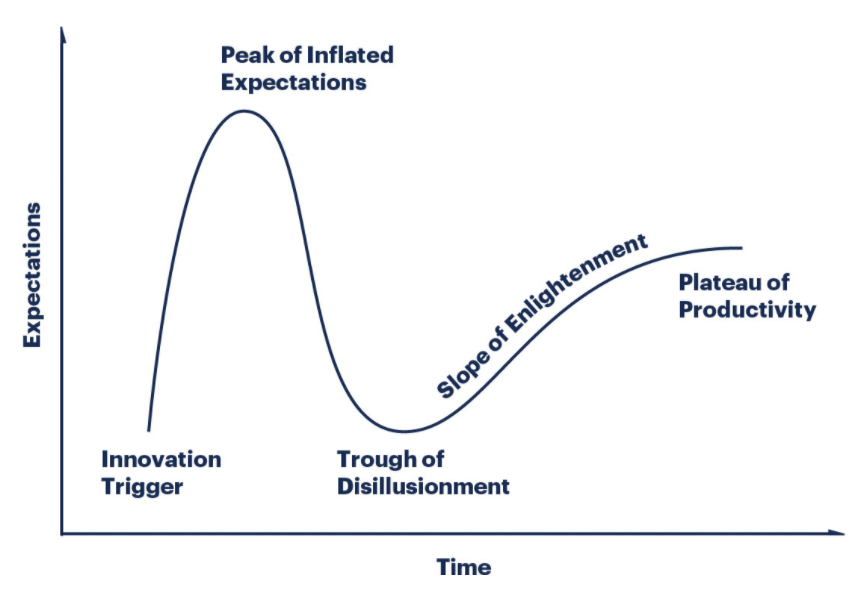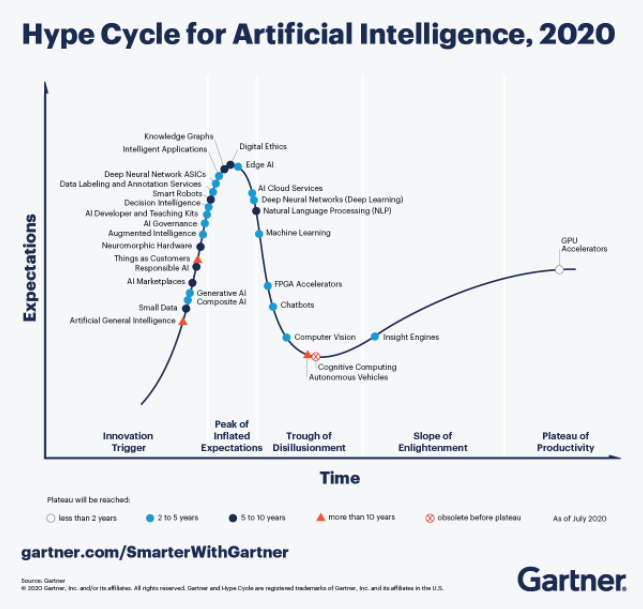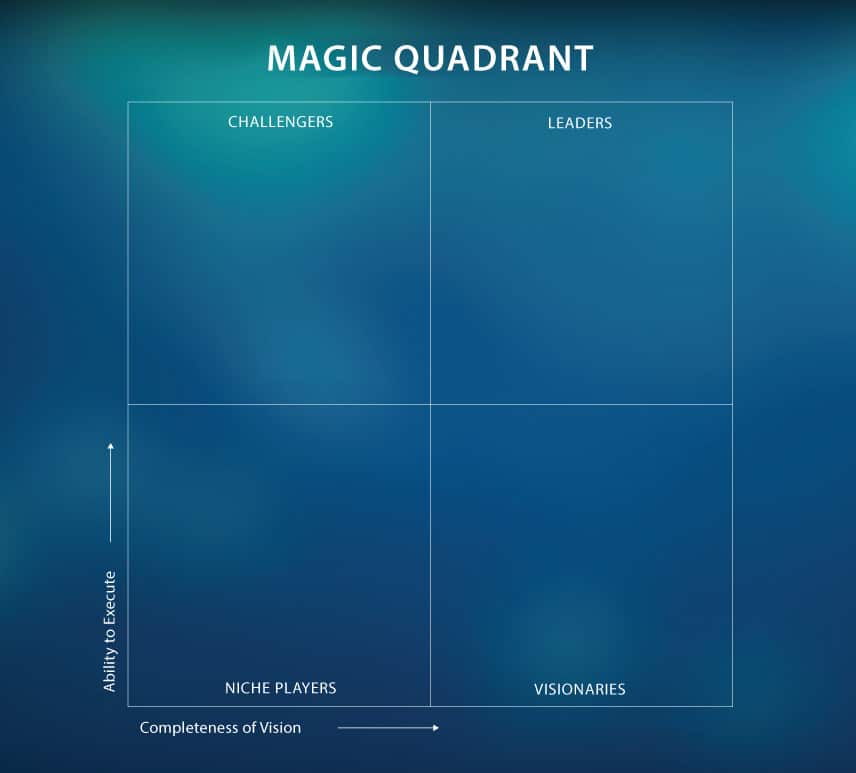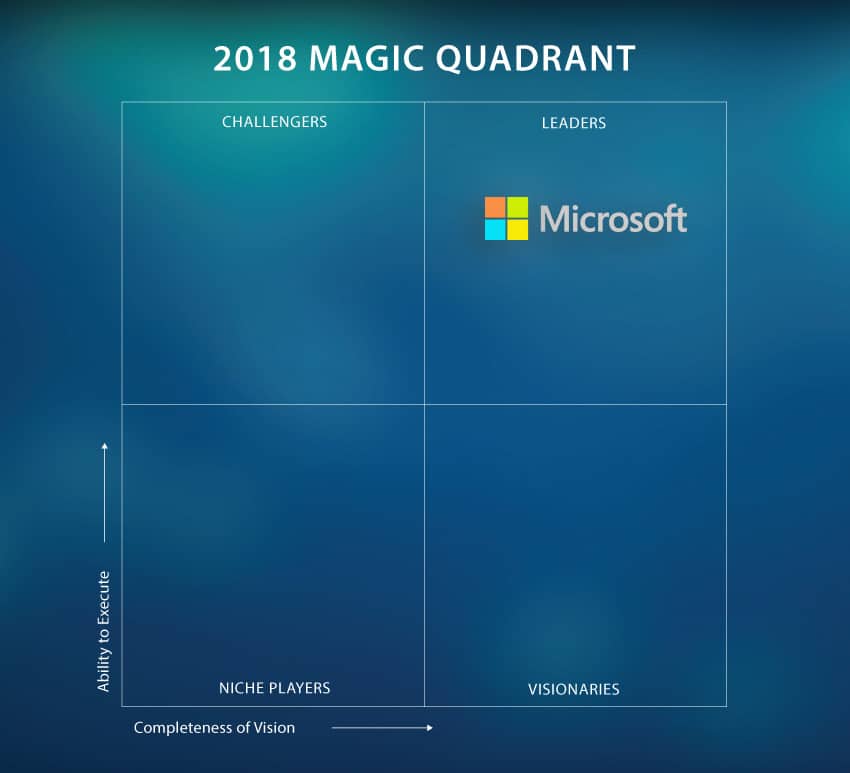A Look at AI in Gartner's Hype Cycle
Artificial intelligence has definitely received a lot of hype in recent years. This has been a long time coming in regard to the general concept of AI. Imagine the first articles you ever read about AI, or the increasing multitude of films that feature various robots as characters. When it comes to more specific and tangible AI development, we can actually look at charts that measure where particular AI subcategories lie on the Path of Hype. This is thanks to the technology research and advisory company Gartner. In assessing the state of technology today, Gartner sometimes creates entertaining--and insightful--charts to feed our visual and cerebral curiosity. (See our posts on their Magic Quadrant, which measures a company's vision against its ability to execute.) Where is AI in Gartner's Hype Cycle this year? Let's take a look.
What's All This Hype Cycle About?

The Hype Cycle is a process that Gartner envisions a technology innovation going through over time. It charts the course of different categories of technologies (see our post on the Hype Cycle for Cloud Security as well). While its graph almost looks like something your third grader made on her field trip to the postmodern art museum, it does make a lot of sense when you take a closer look. Once a new innovation is thought up, people get excited about it. The hype quickly builds, based on novelty and and idealistic dreaming. After people realize the challenges that will inevitably come with making the idea happen, they fall into a trough of disillusionment. Without enough motivation and foresight, an idea could die here. But if leaders stick with it, they will slowly start to gain enlightenment and bring public interest back up. In the end, the new product or service becomes a part of life, settling at pretty moderate expectations from those who've followed it through its cycle.
AI in Gartner's Hype Cycle for 2020

Here's Gartner's assessment of where AI topics and categories are at right now. Responsible AI is pretty new to the curve, projected to reach productivity in 5 to 10 years, whereas most of the other AI subfields are likely to get there in 2 to 5 years. (A better push for more responsible technology, anyone?) Indeed, Responsible AI is one of five new categories on the chart this year, along with Small Data, Composite AI, Generative AI, and the intriguing Things as Customers. The biggest overall megatrends in 2020? Industrialization of AI platforms and democratization of AI.
Industrialization of AI Platforms
One of the overarching topics in AI this year is the industrialization of platforms that use it. This means making platforms that are scalable, safe, and ceaselessly reusable. It relies on pairing new adopters with the ones who got onboard early. In order for Responsible AI to make this journey, for example, it needs to become a top priority on an industrial scale. As industrial leaders dedicate themselves to this purpose, they will take on the specific challenges it entails. According to Gartner, addressing the trustworthiness of AI is the overall top challenge in AI today. Some of the other concerns for Responsible AI are related to compliance, privacy, and bias.
Democratization of AI
While AI has a role to play in strengthening democracy, the democratization Gartner is talking about here is an expansion of AI capabilities beyond the hands of experts and into those of a broader populace. Of course, this itself would strengthen a democratic system by providing technological opportunity to more people and leveling out the playing field. AI is becoming so infused in modern life, it needs to be accessible to broad groups of people who might make use of it--including application developers, assembly line workers, salespeople, business partners, and customers. The effort to democratize AI calls to mind Microsoft's Azure Cognitive Services, which are designed to be accessible to developers without any AI background. Further democratization will involve developers then placing AI tools increasingly in the hands of non-developers as well.
Making the Journey

Since artificial intelligence is growing ever more useful and feasible, most of it is likely to persist on the path of spiking, dipping, and finally settling in the middle of society's expectations. You may find it interesting to consider where your own outlooks fall on Gartner's graph, and where you'd like so see different elements of AI progress. Hopefully democratization will continue, the public will stay informed, and we will all decide where we want AI to go from here.
Stay connected. Join the Infused Innovations email list!
Share this
You May Also Like
These Related Posts

Who's at the Top of Gartner's 2020 UEM Magic Quadrant? Intune.

Teams and OneDrive keep Microsoft at the Top of Gartner's Magic Quadrant

No Comments Yet
Let us know what you think